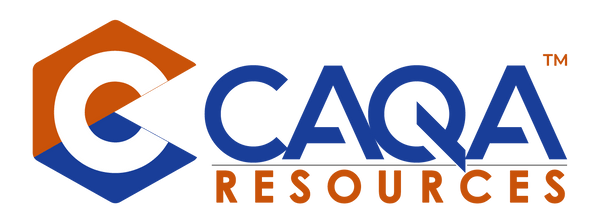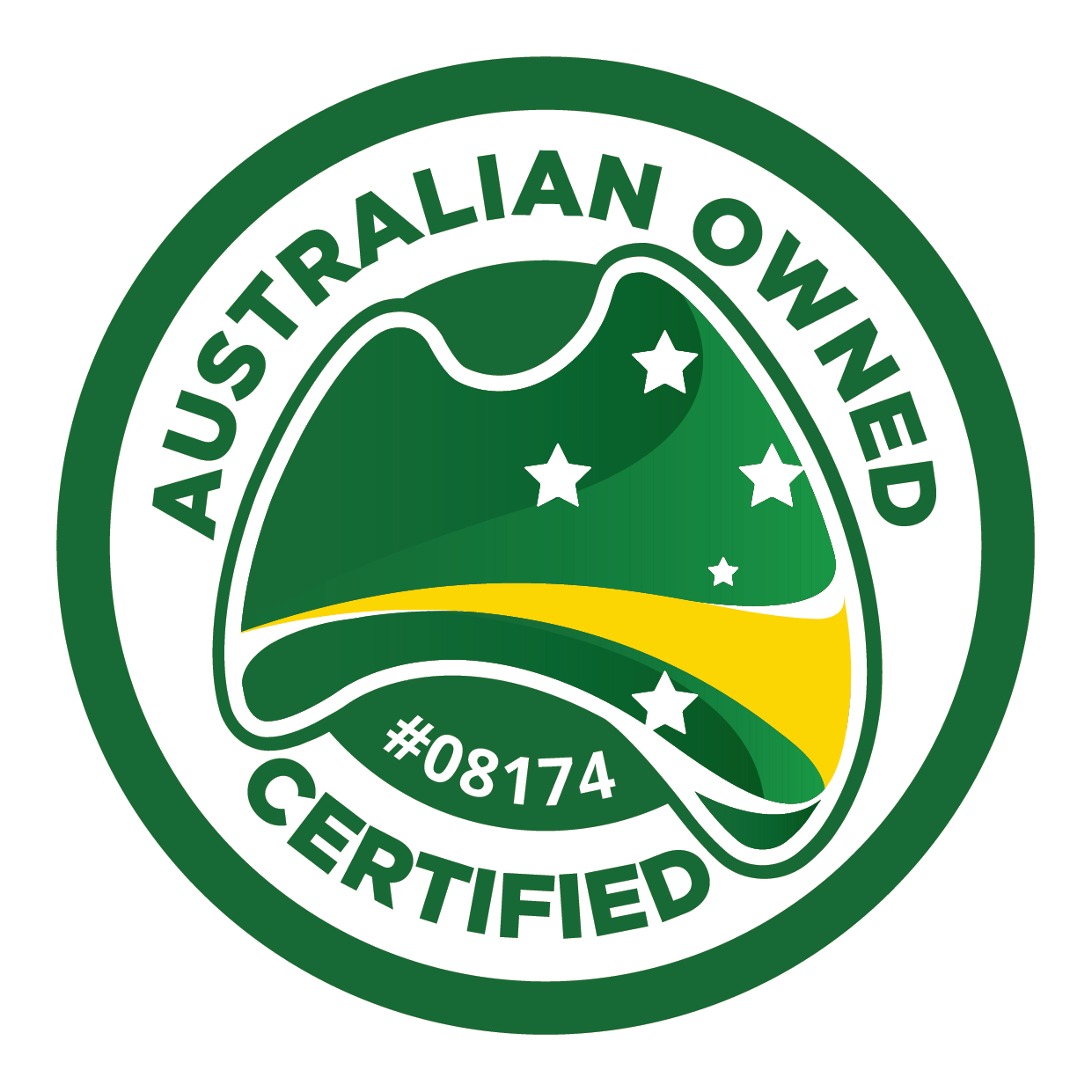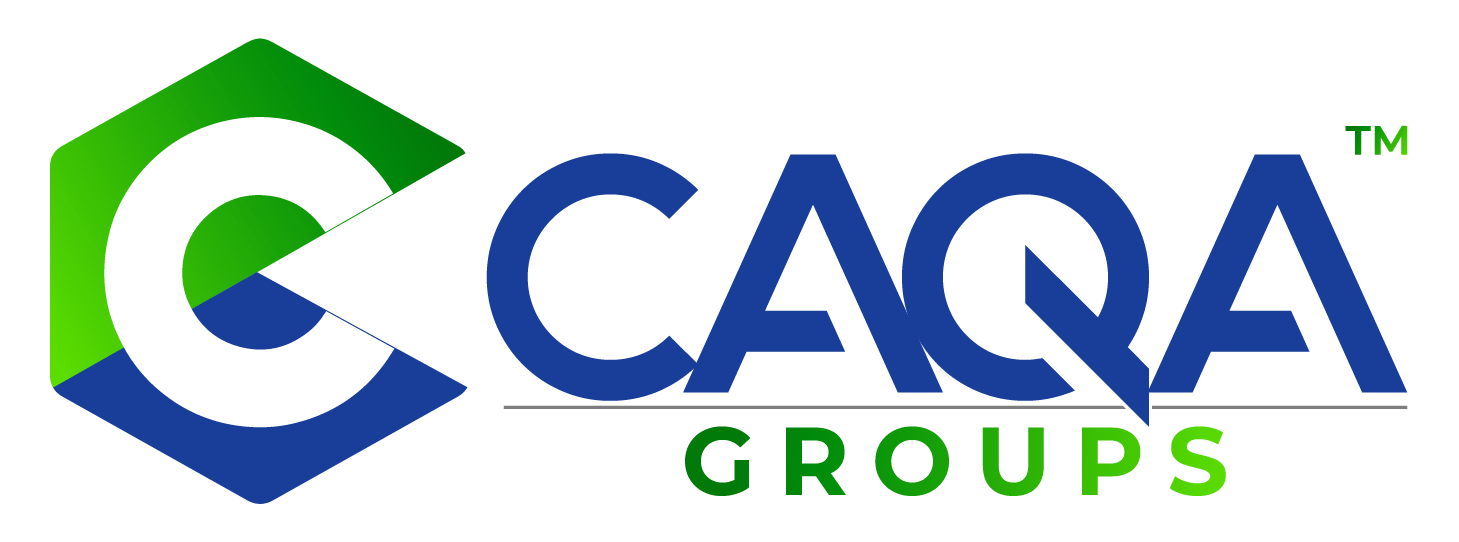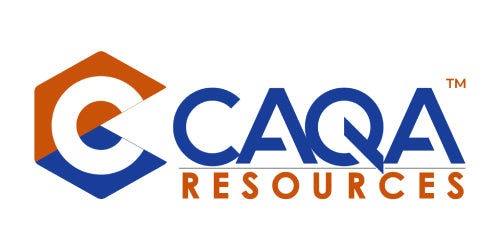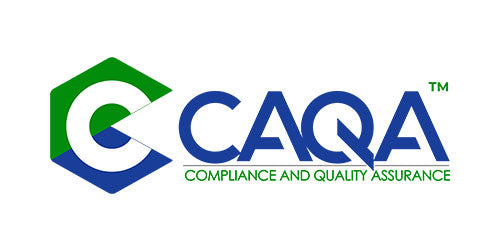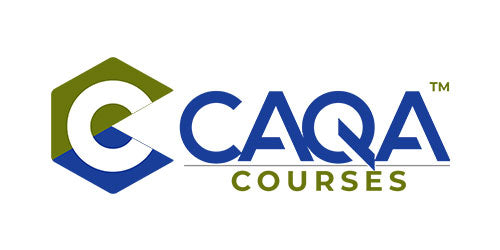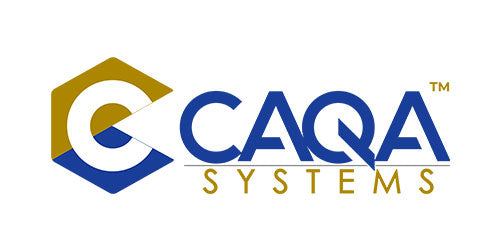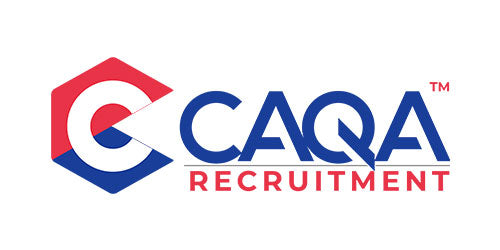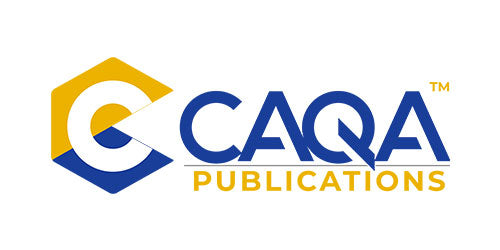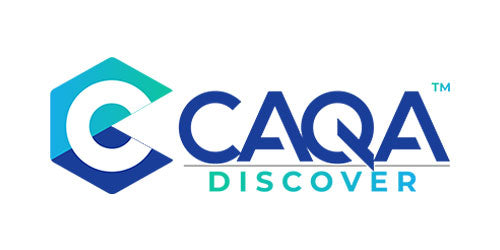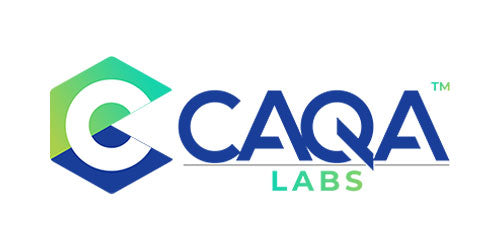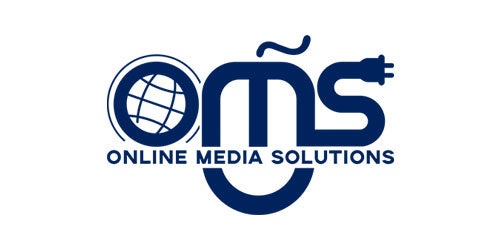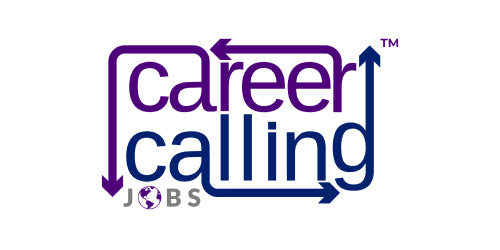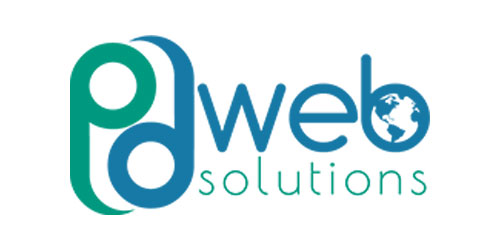Operating a compliant VET organisation requires adherence to several key principles. These ensure that the organisation delivers quality training that meets both regulatory standards and the needs of students.
1. Accreditation by a Government-Approved Body:
Ensure your organisation is accredited, confirming that your training meets the required standards.
2. Robust Policies and Procedures:
Develop clear guidelines for training delivery, assessment, and record-keeping.
3. Qualified and Experienced Trainers:
Employ trainers who have the necessary qualifications and experience and can provide evidence of their competence.
4. Appropriate Training Programs:
Design programs tailored to meet the specific needs and abilities of your students.
5. Safe and Professional Training Environment:
Implement health and safety policies to protect staff and students.
6. Quality Customer Service:
Establish systems for student satisfaction and an effective complaints procedure.
7. Robust Quality Management System (QMS):
Develop a QMS covering all operational aspects, from program development to student assessment.
8. Effective Communication:
Maintain clear policies and keep staff informed. Stay in communication with regulatory bodies for updates.
9. Staying Updated with Legislation:
Regularly consult sources like the ASQA website to keep abreast of changes in the NVETR Act and other relevant legislation.
10. Strong Support Systems for Compliance:
Have clear records, regular auditing, and monitoring to adhere to quality standards and guidelines.
FAQs:
1. What are the key principles for running a compliant vocational education and training (VET) organisation?
Key principles include accreditation, robust policies, qualified trainers, appropriate training programs, a safe training environment, quality customer service, a strong QMS, effective communication, staying updated with legislation, and strong compliance support systems.
2. How can a training organisation ensure its trainers are qualified and experienced?
By verifying the credentials and professional experience of trainers and ensuring they continually update their skills to stay relevant in their field.
3. What role does a robust quality management system (QMS) play in compliance for training organisations?
A QMS ensures that all aspects of the organisation's operations are standardised, monitored, and continually improved, thus meeting compliance requirements and maintaining high-quality training.
4. Why is staying up-to-date with changes in legislation crucial for training organisations?
Keeping current with legislative changes is essential for ensuring that the training organisation remains compliant with the latest regulations and standards, thus avoiding legal issues and maintaining its accreditation status.
By diligently following these principles, a training organisation can establish itself as a compliant, reputable, and effective provider of vocational education and training.
By diligently following these principles, a training organisation can establish itself as a compliant, reputable, and effective provider of vocational education and training.
Suggested Read: What is Assessment in Vocational Education and Training (VET)?









